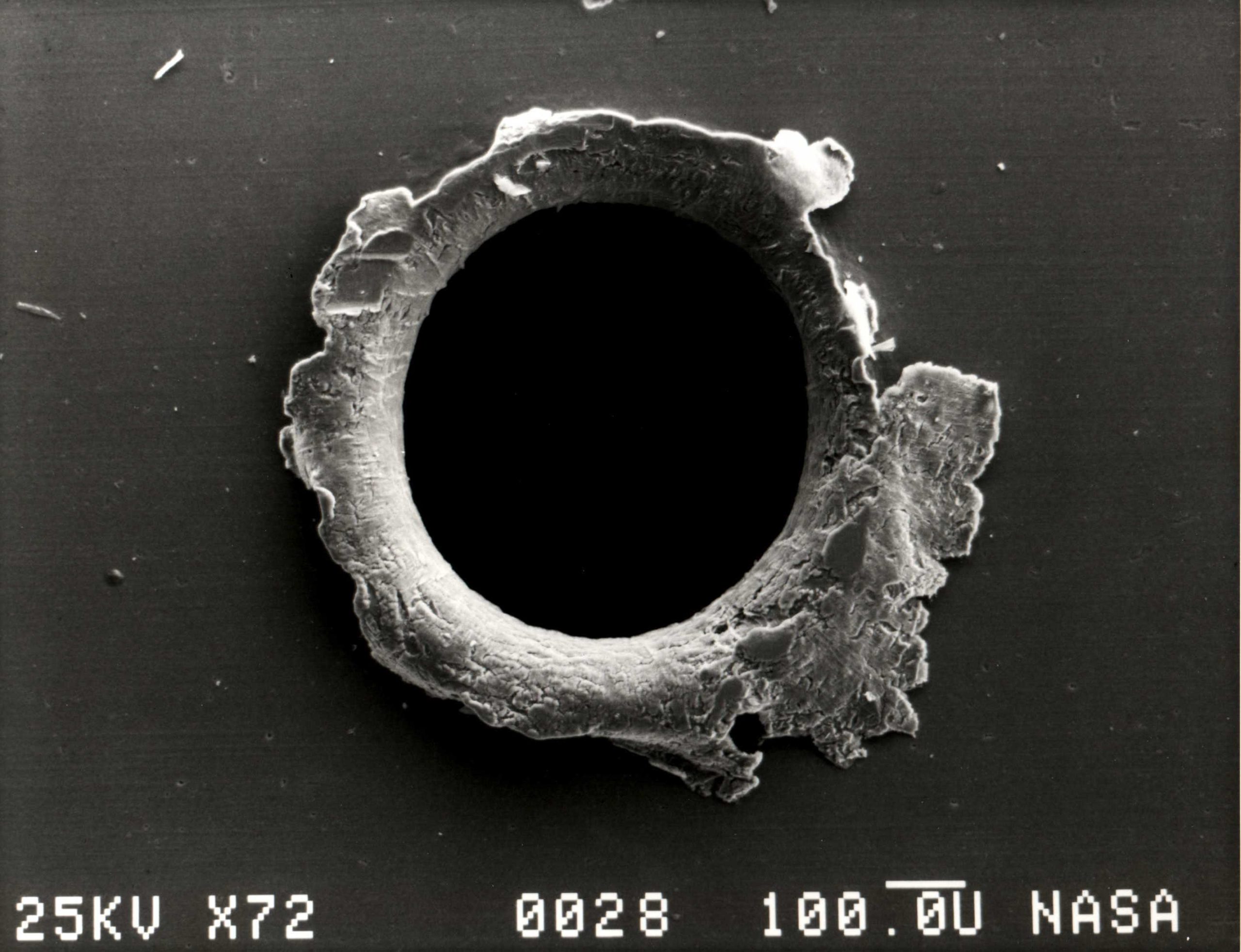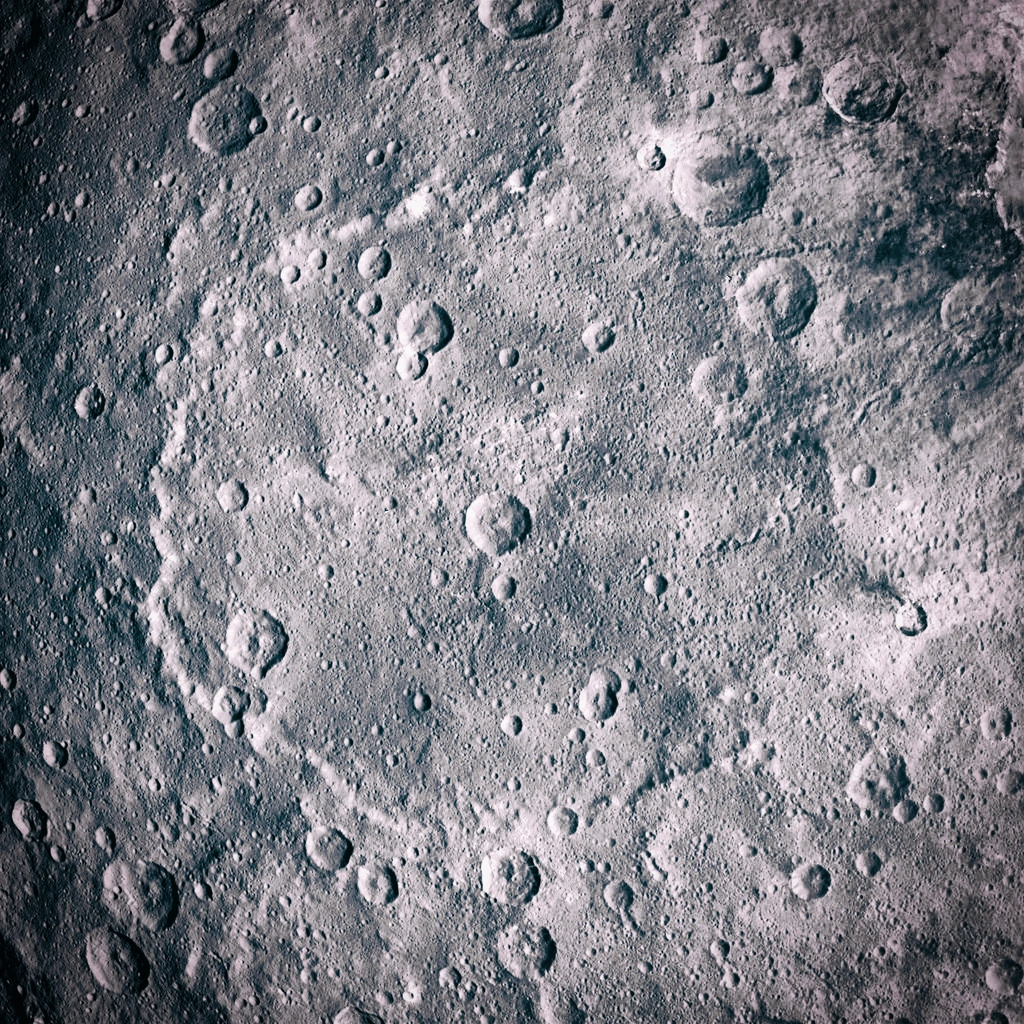Greenhouse Gases Are Making It Harder to Keep Satellites in Orbit
The increasing concentration of greenhouse gases not only affects our climate on Earth but also has significant consequences for our satellites and space operations. The warming of the lower atmosphere and the cooling of the upper layers may reduce atmospheric drag, allowing space debris to linger and increasing the risk of collisions. This development challenges the sustainability of satellite operations in Low-Earth Orbit and urges both environmental and space industries to confront these interlinked issues.
Summary
- Interconnected Effects: Greenhouse gases impact both our planet and outer space.
- Atmospheric Shift: The lower atmosphere warms while the thermosphere cools and contracts.
- Reduced Drag: A thinner thermosphere means satellites experience less friction.
- Debris Accumulation: Space debris persists longer, heightening collision risks.
- Kessler Syndrome: A chain reaction of collisions that could render space unusable.
- Commercial Challenges: Satellite operators and tech companies face new dangers.
- Environmental Impact: The same factors driving climate change also affect satellite orbits.
- Study Insights: Recent research offers a fresh perspective on space sustainability.
- Future Risks: Increased debris raises the probability of catastrophic events.
- Call for Action: A unified approach from policymakers and industry stakeholders is essential.

Introduction
Climate change is one of the most discussed subjects today because it affects many aspects of life on Earth. What is less well known is that the rising levels of greenhouse gases also have unexpected effects high above us. Satellites, which help us communicate, navigate, and monitor our planet, rely on a delicate balance in the outer atmosphere to remain in orbit. In a groundbreaking study published by Nature Sustainability, researchers revealed that the increased concentration of these gases may be making it harder to keep satellites stable by reducing the natural drag that normally clears space debris.
The Changing Atmosphere
Our atmosphere is layered, with each segment playing a different role. The troposphere—extending from Earth’s surface to about 18 km at the equator—is where we experience weather and where most of the air’s mass is found. Above this lies the stratosphere, followed by the mesosphere and finally the thermosphere. It is in the thermosphere, which stretches from around 85 km to nearly 700 km, that satellites orbit. Even though the thermosphere is extremely thin, it still generates enough drag to gradually slow down satellites. However, as greenhouse gases warm the lower atmosphere and alter energy distribution, the cooling effect in the thermosphere causes it to contract and become thinner, reducing the drag experienced by orbiting objects.
| Atmospheric Layer | Altitude Range | Key Characteristics |
|---|---|---|
| Troposphere | 0 – 18 km | Weather activity, dense air mass |
| Stratosphere | 18 – 50 km | Ozone layer, relatively stable temperatures |
| Mesosphere | 50 – 85 km | Meteoroid disintegration, decreasing temperature |
| Thermosphere | 85 km – 700 km | Very low density, high temperature potential |
Changes in these layers can have far-reaching effects. As the thermosphere becomes thinner, satellite operations are directly impacted because the natural drag that cleans the orbit by pulling space debris back into Earth’s atmosphere is diminished.
Satellite Orbits and Atmospheric Drag
Satellites in Low-Earth Orbit depend on a precise balance between gravitational pull and atmospheric drag. In a normally functioning thermosphere, even slight drag is enough to gradually lower the altitude of debris, helping to clear the space near Earth. When the thermosphere contracts due to cooling effects from increased greenhouse gases, this drag is reduced. Consequently, space debris is not removed as quickly as it once was, causing a build-up of objects that can potentially collide with operational satellites.
This delicate equilibrium is crucial because even the slightest collision with small debris can be catastrophic. High-speed impacts, even with tiny fragments, may damage or even destroy satellites. The prolonged presence of debris increases the odds of collision, which can trigger a domino effect—a scenario known as Kessler Syndrome.
Kessler Syndrome and Space Debris
Kessler Syndrome is a chain reaction where collisions between objects in orbit create additional debris that leads to more collisions. In this scenario, space becomes so cluttered with fragments that safe navigation is nearly impossible. Even a minor accident can lead to a cascading series of collisions, ultimately rendering certain orbital paths unusable.
Impact of Greenhouse Gases on the Thermosphere
Recent research has uncovered that greenhouse gases are not only warming Earth’s surface but are also indirectly cooling the upper layers of the atmosphere such as the thermosphere. With less heat available in these upper layers, the gases become denser and sink, causing the thermosphere to contract. A thinner thermosphere means that the natural mechanism for clearing space debris through drag is less effective. This phenomenon allows fragments from previous collisions or defunct satellites to remain in orbit for a longer time, further increasing the risk of future collisions.
| Factor | Normal Conditions | Altered Conditions with Increased Greenhouse Gases |
|---|---|---|
| Thermosphere Temperature | Up to 2500°C in the upper ranges | Cooler temperatures observed |
| Atmospheric Drag | Sufficient to gradually remove debris | Reduced drag leads to prolonged debris lifespan |
| Debris Lifetime | Limited by atmospheric interaction | Extended, increasing collision probabilities |
The Commercial Space Industry’s Dilemma
The surge in satellite launches and the advent of mega-constellations for global communications illustrate the booming nature of the space industry. However, the very advancements that aim to connect our world are now imperiling it. Reduced atmospheric drag means satellites and space debris are now in a precarious balance, increasing the likelihood of damaging collisions. Commercial space companies must now consider how environmental factors affect not only Earth but also the space around it.
The challenge is dual: while technological advances in rocketry and satellite design continue to drive the industry forward, the risks associated with an increasingly cluttered orbit demand innovative solutions. The integration of space traffic management systems and debris removal techniques is no longer optional but a critical requirement for the sustainability of these operations.
Future Outlook
The intersection of climate change and space sustainability offers a new avenue for interdisciplinary research. Scientists and engineers from around the world are collaborating to develop models that predict how changes in the atmosphere affect space debris dynamics. These models incorporate data from satellite tracking systems, ground-based observations, and climate simulations. The aim is to refine our understanding of the processes that lead to an increased collision risk in orbit. Some innovative proposals include using laser-based technologies to nudge space debris into re-entry trajectories and designing satellites with self-correcting features that adjust their orbits in real time. With the growing number of satellites in LEO, such forward-thinking ideas are not just theoretical but are beginning to shape practical strategies for space traffic management.
Furthermore, international cooperation is essential to establish guidelines and regulations governing satellite launches and debris removal efforts. Organizations such as the United Nations Committee on the Peaceful Uses of Outer Space play a significant role in facilitating dialogue among nations. These discussions are crucial for creating unified responses to challenges that transcend national borders. Efforts are also underway to design dedicated space traffic management bodies that operate similarly to terrestrial air traffic control systems. With sustained research and shared responsibility, the future outlook for space safety remains hopeful, even if the challenges continue to grow.
Facts
- A single collision in Low-Earth Orbit can create thousands of debris fragments.
- The thermosphere, despite its thin air, can reach temperatures over 2500°C.
- Some satellites are designed to withstand minor debris impacts, but even small particles can cause lasting damage.
- The concept of Kessler Syndrome has been studied since 1978 by NASA scientist Donald Kessler.
- Innovative ideas such as laser nudging are being explored to clean up space debris.





